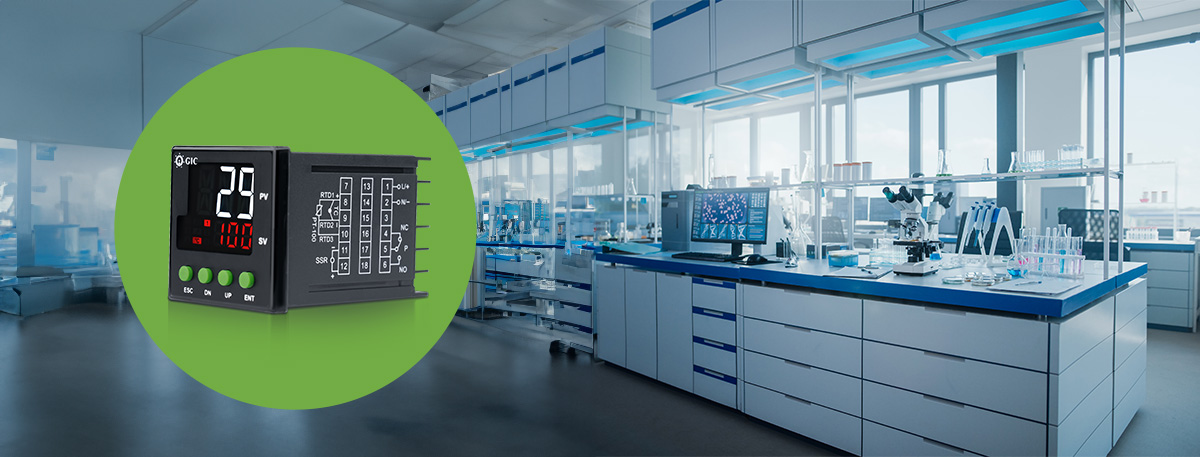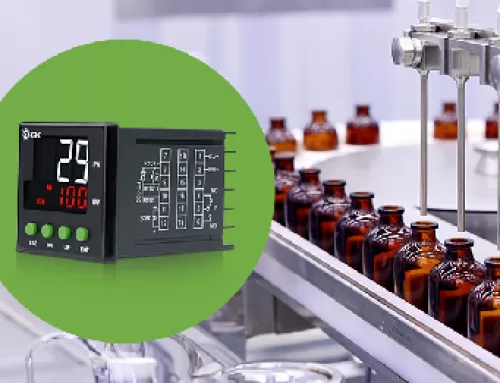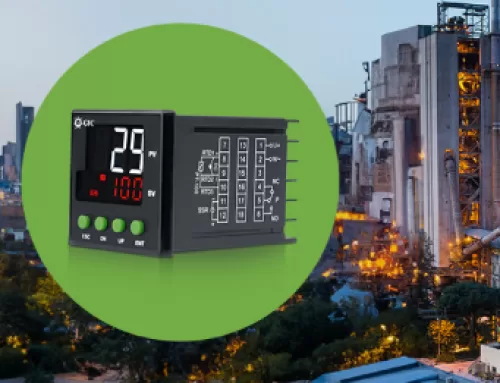
GIC’s Temperature Controllers Ensure Accuracy & Precision in Laboratory Applications
In laboratory operations, where precision and accuracy are important, GIC’s temperature controllers stand as indispensable tools. In this blog, we delve into the intricacies of temperature controllers, exploring their functionalities, importance, and best practices in ensuring optimal performance.
Understanding Temperature Controllers
Temperature controllers are sophisticated instruments designed to regulate temperature with utmost precision. Unlike traditional analog controllers, GIC’s temperature controllers offer advanced features such as programmability, PID (Proportional-Integral-Derivative) control algorithms, and precise temperature monitoring capabilities. These controllers leverage digital technology to provide accurate temperature control, making them indispensable in laboratory settings where even slight deviations can compromise experimental outcomes.
Importance in Laboratory Applications
In laboratory environments, maintaining precise temperatures is critical for various processes, including chemical reactions, biological assays, and material testing. Temperature controllers play a pivotal role in ensuring the stability and consistency of temperature-sensitive experiments. Whether it’s maintaining a specific temperature for incubation, reaction kinetics, or chromatography, these controllers offer the reliability and flexibility required for diverse laboratory applications.
Ensuring Accuracy and Precision
Achieving optimal performance from temperature controllers necessitates attention to several key factors:
Sensor Selection: The choice of temperature sensor influences the accuracy and reliability of temperature measurements. Selecting the appropriate sensor type based on the application requirements and environmental conditions is essential for accurate temperature control.
Temperature Stability: Factors such as ambient temperature fluctuations, electrical noise, and heat dissipation within the system can impact temperature stability. Implementing measures to minimize external disturbances and optimize thermal insulation can enhance the stability and reliability of temperature control.
Alarm Systems: Temperature controllers often feature alarm functions to alert users of temperature deviations beyond specified limits. Configuring alarm thresholds and ensuring proper notification mechanisms enable prompt intervention in case of temperature excursions, safeguarding valuable samples and experiments.
Key Functionalities and Industry Applications
1. Precision Temperature Regulation
One of the primary functionalities of temperature controllers is their ability to regulate temperature with exceptional precision. Whether it’s maintaining the exact temperature required for pharmaceutical manufacturing processes such as lyophilization or ensuring stability in storage facilities for temperature-sensitive drugs, these controllers guarantee optimal conditions for pharmaceutical production and storage.
2. Programmability for Customized Processes
Temperature controllers provide programmable features that enable users to customize temperature profiles and setpoints according to specific process requirements. This functionality is particularly beneficial in industries like biotechnology, where fermentation processes demand precise temperature control to optimize microbial growth and product yield.
3. Real-Time Monitoring
Modern temperature controllers offer real-time monitoring capabilities, allowing users to track temperature variations and analyze trends over time. This functionality is invaluable in industries such as medical device manufacturing, where stringent quality standards necessitate continuous monitoring of temperature during sterilization processes.
4. Remote Access and Control
This feature finds application in the food and beverage industry, where temperature-controlled storage facilities play a critical role in preserving product freshness and quality. By remotely monitoring and adjusting temperature settings in warehouses and distribution centers, food manufacturers can prevent spoilage and minimize product waste, ensuring consumer satisfaction.
Conclusion
GIC’s temperature controllers represent a cornerstone of temperature management in laboratory settings, offering unmatched precision and reliability. By understanding their functionalities and implementing best practices for tuning, and operation, laboratory professionals can harness the full potential of these controllers to ensure the accuracy and precision of temperature-sensitive experiments. As technology continues to advance, temperature controllers will undoubtedly remain indispensable tools for driving scientific discovery and innovation in laboratories worldwide.


